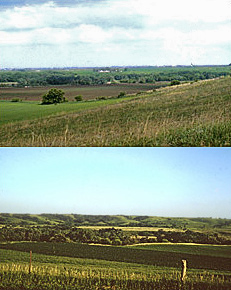How CV Design Has Transformed from 2020 to 2025
페이지 정보
작성자 Adrianne 작성일25-09-13 07:46 조회2회 댓글0건본문
주소 :
희망 시공일 :

The CV standards of 2020 were rooted in convention—clean typography, neutral spacing, and a linear structure prioritizing chronological employment and academic records
Hiring managers demanded a professional, restrained aesthetic—limited to grayscale palettes, distinct section dividers, and clearly labeled categories like Experience, Skills, and Contact Information
The primary objective was to prioritize clarity, conformity, and professionalism, avoiding any risk of visual distraction
Visual enhancements were minimal—often restricted to thin dividers or faint lines—and PDFs were favored for their reliability across devices and platforms
By 2022, there was a noticeable shift toward personalization
An increasing number of job seekers introduced muted tones—soft blues, warm grays, or earthy accents—to draw attention to headers or standout accomplishments
Visual icons and micro-infographics gained traction, particularly in design, marketing, and media fields, replacing bullet points with intuitive symbols for skills such as leadership, data analysis, or digital tools
While the one-page rule held firm, innovative designers broke conventions using vertical flow layouts, asymmetric grids, or modular card systems to enhance reading rhythm and visual hierarchy
The emergence of sophisticated ATS and algorithmic screening forced a new duality in CV design: aesthetic appeal had to coexist with machine-readability
Designers embraced creativity but always with an eye toward parsing compatibility—ensuring icons, fonts, and layouts wouldn’t confuse automated systems
Keywords were strategically placed in context, not just listed
Sans serif fonts remained dominant—not for trendiness, but for their superior readability on screens and in print
Intentional negative space became a design priority, helping the eye rest and focus—while the traditional "experience first" model gave way to "accomplishments first" structures
QR codes became a common bridge between print and digital—directing recruiters to GitHub profiles, Behance portfolios, or personalized video pitches, especially in creative and technical roles
The modern CV has become a multifaceted brand asset, designed to reflect individuality while commanding attention across platforms
Digital CVs now feature clickable elements—hover effects, animated charts, or embedded media—that transform static pages into immersive experiences
Rather than describing results, https://bookmarkloves.com/story22391796/modele-de-cv-simple-si-clasice candidates now link to real-time performance metrics—showing, not telling, their value
Video CVs are no longer rare, particularly for roles in media, sales, or leadership
Print CVs retain subtle branding cues—custom typography, a signature icon motif, or a restrained two-tone palette—to convey identity and taste while remaining office-appropriate
The focus is no longer just on what you’ve done, but on how you think, solve problems, and communicate value
This transformation in CVs mirrors a larger shift in how work, identity, and communication are perceived in the modern economy
Employers now seek individuals who can stand out, adapt, and communicate clearly across platforms
The most effective resumes are no longer passive summaries; they’re active, intelligent bridges between a candidate’s potential and an employer’s needs
댓글목록
등록된 댓글이 없습니다.





